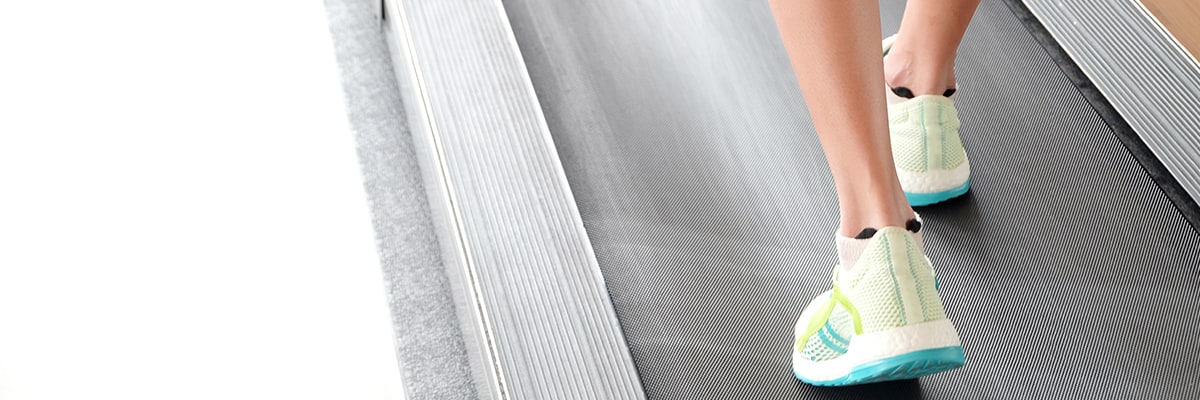
Return navigate_next
3 Tips to Keep Your Home Gym in Shape During Coronavirus Crisis
April 8, 2020 *
Across the country gyms and fitness studios have been forced to close due to coronavirus. Locked out of their lifeline to fitness, many have turned to home gyms. Fitness equipment warehouses that were once full are now empty and many companies are reporting record sales.
Having a gym at home helps to keep your fitness routine on track and provide a sense of normalcy during the Coronavirus crisis. However, home gym owners must also think about keeping their equipment in tip-top shape. Below are 3 quick tips to protect you and your home gym equipment.

Tip 1: Dust is Harmful to Your Health…and your fitness equipment too.
With remote work becoming the norm, home gyms offer a nice escape to maintain your physical and mental health and keep you safe from germ infested gyms. However, home gyms are rarely free of animal hair, dust and humidity which will quickly damage your exercise equipment if maintenance is not completed. In fact, dust is one of the biggest culprits in costly fitness equipment breakdowns. Take a day each week to vacuum around your equipment. Make sure the outlets, plugs, and wires are completely free of dust.

Tip 2: Select Cleaning Products That Are Safe for Your House and Your Machines.
The extent of the cleaning process hinges on your product preferences. If you want to effectively kill germs, use an antibacterial product. Chances are, you already have multiple in your home to slow the spread of coronavirus! An antibacterial cleaner will disinfect, which means it will destroy the majority of viruses and germs found on your equipment. But keep in mind that disinfectants have unique chemical combinations. Some are environmentally friendly with chemical agents sourced from citrus oils. Others disinfectants are phenol-based or alcohol-based, which pose a threat to machines. Avoid these styles of cleaners as they are likely to corrode your expensive equipment.
Additionally, beware of drying chemicals as they have the potential to cause premature wear, cracking, and aging. Quarternary ammonia is ideal as it doesn’t pose a risk to humans or machines. However, some quarternary ammonia solutions require a wet surface for upwards of 10 minutes in order for disinfection to occur. Some of the newer versions of quarternary ammonia disinfect in as little as a couple of minutes.
Take care to avoid cleaners that pose a threat to human health. Bleach kills germs yet it can harm skin, lungs, and clothing.

Tip 3: Be Wise About a Warranty.
Let’s be honest, you don’t need to necessarily warranty your heart rate monitor, but for expensive at-home fitness equipment like treadmills, Ellipticals, and the Peloton, in particular, it makes a lot of sense. According to Safeware, you will have to pay for labor and parts on these types of machines and the price will depend on the complexity of the repair. In fact, the most expensive type of fitness equipment repairs come from screen or digital display malfunctions where the system controls are housed. These types of repairs average $800 or more to repair. Other common issues include broken treadmill belts that can cost anywhere between $200 to $300, just for the parts. And bodily fluids, allergens, and dust can be contributing factors.
Treadmills, in particular, need to be kept clean, especially where the belt meets the running deck and under the motor cavity. Wipe the area between the belt and side rails for dust. Furthermore, vacuum the motor cavity (with the power disconnected) every two to three months to stop dust and debris from building up on the motor and control board.
Learn More About Fitness Warranties:
* This article is over 6 months old and may or may not be updated.
